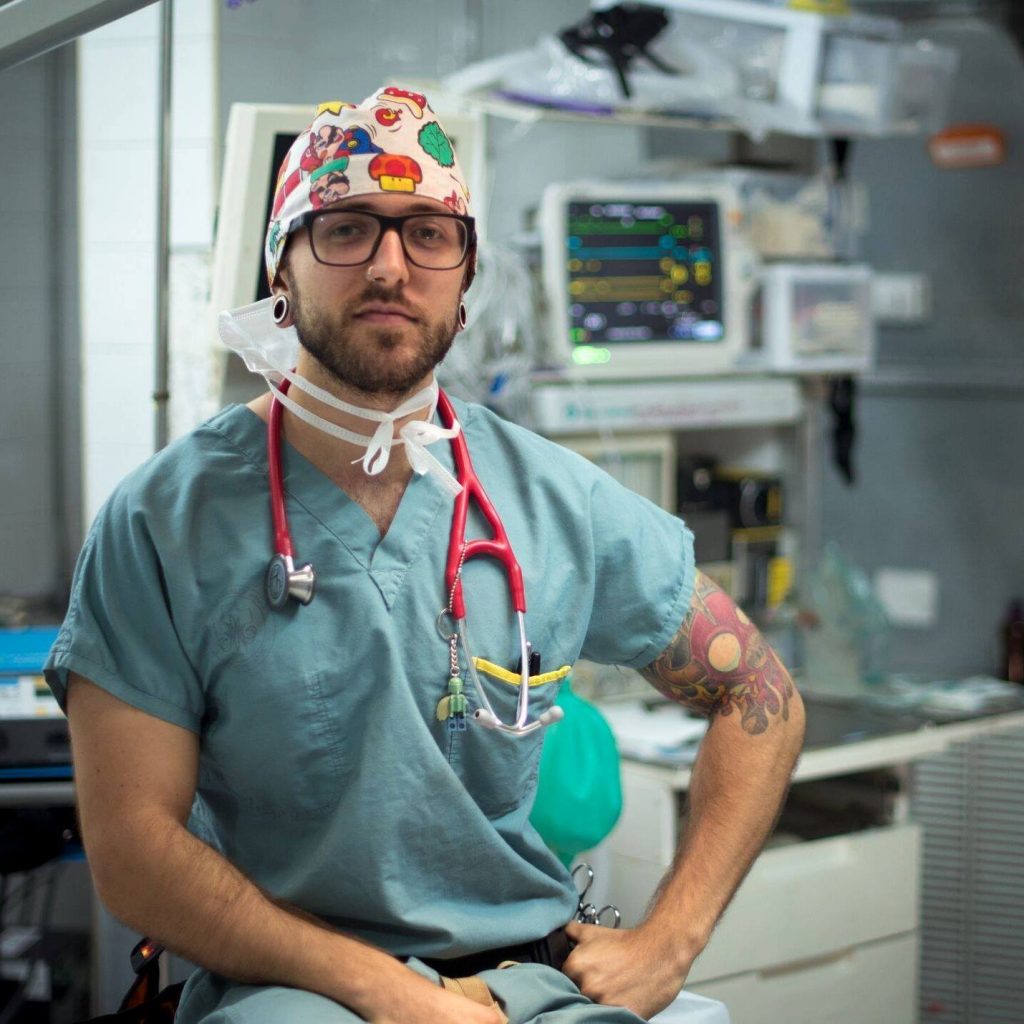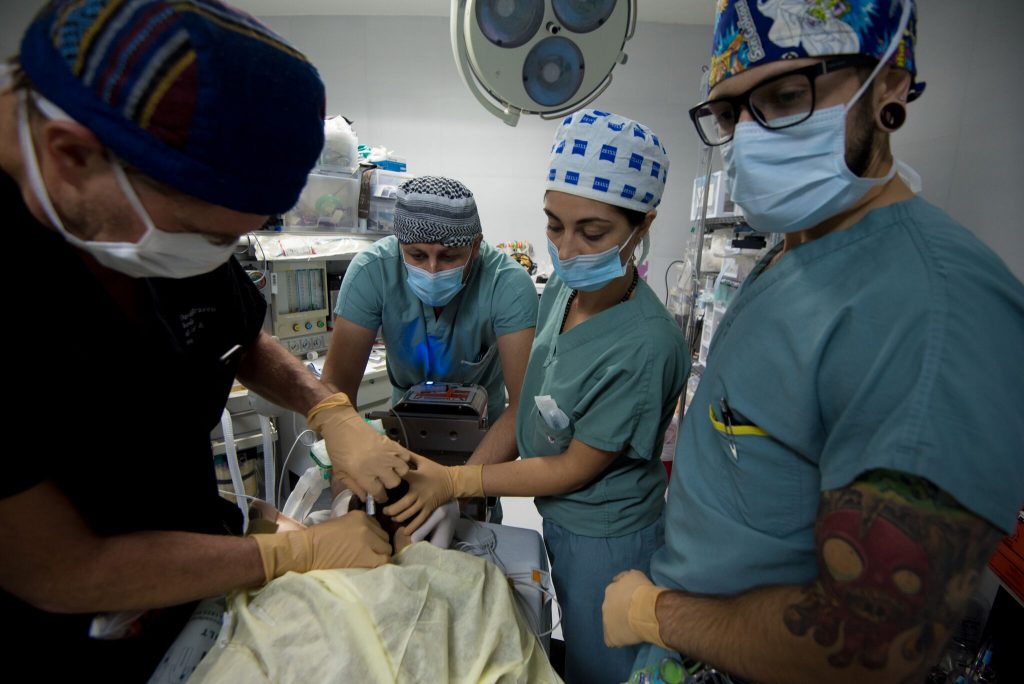
I first heard of Mr. Gino De Pinto through other Respiratory Therapists (RTs) and indirectly through social media interactions. At the 2018 Vancouver Canadian Society of Respiratory Therapists (CSRT) conference, I had the opportunity to meet him in person. During the 2018 Respiratory Therapy Society of Ontario’s (RTSO) Leadership Summit, and through my discussions with him, I recognized his genuine care and passion for our field. When I spoke to one of his past students, he appreciated Gino’s evident care for students. His past and current students have commented on Gino’s direct and open communication, and his wiliness to stand by and for students in our field. I personally got to witness and appreciate his character as a fellow RTSO volunteer. He has brought enthusiasm to our board of directors and has re-energized our student engagement committee. I am happy to share my interview with Gino below.
Gino, thank you for taking the time to answer my questions. Let’s go to the beginning. How did you get involved with the field of respiratory therapy?
With the respiratory therapy profession having a low profile on television and in the media compared to the nursing, physician and paramedic fields, finding out about the profession was by accident. Going back to high school I enjoyed taking science courses and I was always fascinated with the cardio-respiratory system. My title for my final presentation for OAC Biology was “Exploring the World of the Blue Bloater and Pink Puffer”. A strong interest in science led me to the University of Waterloo where I received my Honours Degree in Science. During my final year at Waterloo, like many other RRTs I came to the realization that I needed to further my education if I wanted a career. Having both a brother and sister working in healthcare I started exploring opportunities. I applied to both the Medical Radiation Technology program and the Respiratory Therapy program at Fanshawe College. I was accepted into both programs. After going back and forth on a decision that would affect the rest of my life. I reached out to a family friend that was working as a RRT at the Timmins and District Hospital and I made arrangements to spend the day with a RRT to help with my decision. I spent the day with Susan Boisvert who showed me all the roles of the profession from PFTs to managing a patient on a ventilator. That was all I needed to make my decision and later that day I accepted my offer to Fanshawe College in the fall of 2000.
The graduating class of 2003 all faced the same challenge of entering a profession with much uncertainty. A few months from graduating, healthcare in Canada was dealing with the SARS crisis. As RRTs we were front line workers dealing with an infectious respiratory disease that people knew little about. Infection Control practices changed immensely since 2003. My students can testify how much emphasis I put on infection control practices during competency testing and I can trace that influence back to working in the aftermath of SARS. Since they were limiting visitors to hospitals during that time, I was offered a telephone interview for a temporary full-time job at Grand River Hospital. I was not able to set foot in the hospital but accepted the offer of employment as I thought it was a tremendous opportunity. During my time at Grand River Hospital I had some great mentors like Deb Bester and Jocelyn Hurst who helped mold my career. They set a high standard for patient care and for being accountable. Within a couple of years, I was able to take on a role as Resource Respiratory Therapist where I was able to learn how to create and maintain Policies and Procedures. I was a member of ICU council where I was able to use my voice as a RT to help with VAP protocols, help establish the RRTs role with the Critical Care Response Team and give my input into the design of the new ICU. This is where I could really see the importance of the interprofessional model that is so important with the patient-centered approach to medicine. After 16 years I continue to work at Grand River Hospital as a casual RRT. I have far less influence on the department as a casual but the position allows me to keep current with practice.
Thank you to Susan for introducing Gino to our field! Since graduation you have been involved with various roles, activities, and volunteering positions. Can you share with the readers some of your memorable roles so far?
I also had an opportunity to work at St. Mary’s General hospital on a part-time basis for 4 years. Working at a cardiovascular hospital gave me a new perspective on the profession. Working with great mentors like Danny Veniott and Rob McGivern exposed me to how a great work ethic and positive attitude can dramatically change a culture of a department. With their leadership the role of the RT grew dramatically. Inserting of arterial lines became the norm, establishing an Anesthesia Assistant program and a Weaning centre of excellence were just a few highlights that I witnessed firsthand that influenced my career. Never satisfied with the status quo of the profession are lessons that I learned from my time at St. Mary’s. This is where I first met Lori Peppler-Beechey whose professionalism, positive attitude and leadership skills were evident early. After working with her for a years she resigned from St. Mary’s to start a new RT program at Conestoga College. On one of her last shifts I told her if she ever needed anyone to teach part-time to give me a ring. I thoroughly enjoyed being a Preceptor for students at the bedside and thought this would be a great opportunity. The phone rang a few months later and an opportunity to teach in the lab presented itself.
Teaching part-time for the first 2 years of the program was stressful and exhilarating. Going back to the textbook to refresh on content to ensure I was teaching concepts appropriately was nerve racking but rewarding. Students came with a tremendous passion to learn about respiratory therapy which made the stress all worth while. After teaching part-time for 2 years there was an opportunity to teach on a full-time basis with the focus of teaching and facilitating the clinical year of the program. After finally having a regular full-time job at St. Mary’s another difficult decision crossed my path. Do I leave a stable full-time job for another full-time job at a College with a program that was yet to be accredited? With the support of my wife, I made the decision to take the job. The decision was made a bit easier knowing that I would be working with great people like Lori Peppler-Beechey, Tim LePage, Kelly Hassal and Karl Weiss. With this great team we were able to attain full program accreditation from CoARTE.
During my first years of teaching at Conestoga College I am most proud of the relationships formed with our clinical partners. Ensuring all stakeholders had a voice in the education of RTs from Conestoga College positioned our students for success and eventual employment. Helping establish and integrating clinically immersive simulation into the program was another career highlight. Working with a mentor like Karl Weiss on the design and implementation of simulation into our curriculum was stressful and gratifying. Then being able to present our findings at the 2013 CSRT conference in Niagara Falls allowed us to showcase all our hard work. Another highlight was working with Karl Weiss on developing our pediatric/neonatal hybrid rotation. With a bottleneck of pediatric rotations shared with other college programs. We had to create a clinical immersive simulation in combination with a traditional hospital rotation to best prepare our students to meet those neonatal/pediatric competencies. At that time, I was able to work with amazing subject matter experts like Gary Tang, Ernie Matchett, Cathy Trocchi, Tami Tesseyman, Catherine Burke-Trembley and Pam Hall. Collaboration was the key to success and their input and expertise made for a great learning environment for the students and faculty.
Four years ago I transitioned from a full-time professor responsible for the clinical year to a more traditional teaching position in the classroom. During that time the program said good-bye to Lori Peppler-Beechey as she took on new roles in leadership. Currently I have the pleasure of working with Pam Hall who is now the program coordinator. Seeing the passion she has for teaching her students is infectious. She is a tremendous leader, passionate for the profession and a hard worker that has inspired me to be a better teacher in the classroom.
In the context of a clinical setting, which area did you enjoy the most? Also, how can RTs be better clinicians?
I enjoy working in Critical Care the most. Learning about and applying new ventilator strategies is what makes our profession unique. Being at the bedside and looking back at the past 16 years of optimizing the patient while on the ventilator, I can look back and reflect on the trends. I have worked with mostly adults and seeing the adoption and implementation of ARDSnet, the use of APRV, HFO, prone ventilation, tracheal gas insufflation and the use of inhaled prostaglandin are just few examples of different strategies used to help patient’s breath. Being a patient advocate in my opinion is the best quality an RT can have. Being able to speak up and provide suggestions to help our patients is key. Recognizing that patients don’t all fit in the same box is the first step in ensuring your patient will receive the best possible care. Looking at waveforms, interpreting blood gases, looking at chest x-rays and providing evidence informed literature are all keys to making appropriate suggestions at the bedside. If you continue to advocate and look for solutions, you can sleep better at night knowing you tried all possible treatments to help your patient with their specific disease process.
Seems like the decision to become an instructor was not at random. Can you expand on that? Also, any advice for RTs who may want to get involved with this role?
As I mentioned earlier, I always enjoyed being a Preceptor to a student. Being able to showcase your expertise and help students apply theory to patient care was always rewarding. For those of you who are interested in teaching I recommend that you respect the learner, this will ultimately create a positive learning environment. Look for teaching opportunities within your organization like becoming a BCLS or NRP instructor. Build your resume by going to conferences and participate in webinars. When meeting educators express an interest in teaching, gather their contact information and send them your resume. When an opportunity presents itself be flexible and accountable. This will help ensure you do not miss on future teaching opportunities.
What advice do you have for RTs and preceptors to better assist students in their growth? What advice do you have for students to maximize their learning and growth?
Having students can present challenges. Listening and reframing your question will better assist a student with their growth as a professional. Do your best to be patient and try to remember what is was like when you were a student. Students come to the hospital or home care setting wanting to do their best. If a student is struggling with a certain topic try to remember what stage of the clinical rotation they are at. Is it their first day or have they been in the rotation for a couple of weeks? Knowing this will help you determine how to best guide your student. Do they need to see a procedure for the first time or an additional time? Do they need to review pharmacology or pathophysiology so they can best understand treatment modalities? Once you have the answers to these questions you can determine the appropriate feedback that will stimulate connections to theory and help them grow as a learner.
Advice I give to students to maximize their learning is to be flexible. Having multiple Preceptors can add stress to a student’s learning and growth as a practitioner. At this point in your educational journey you would have had multiple teachers with different teaching philosophies and styles. Not all the teachers would have resonated with your learning. The same can be said about Preceptors, but as a student if you respect what they want to teach you and appreciate the time they are taking to demonstrate a practical skill will help foster a relationship. By building relationships and trust, preceptors are more likely to invest in your learning. If a preceptor invests in your learning you will maximize all learning opportunities that present themselves.
Your contributions to the field include holding few past and present volunteering roles. Can you expand on that? Also, this is a good time for me to ask about your involvement with RTSO.
When I was a student at Fanshawe College I had great teachers who all volunteered their time outside the classroom. Paul Williams, Dennis Hunter and Sandy Annett led by example and all were volunteering with different aspects of the profession. For myself, helping establish a new respiratory therapy program for the first 8 years of my teaching career was very busy. Now that the program successfully navigated through two accreditations and has graduated over 10 classes, I am able to find time to give back. Our program had developed great relations with CRTO and CSRT. The next step was to build a strong relationship with RTSO. I had the pleasure of meeting Dilshad Moosa at the CSRT conference in Vancouver a couple of years ago. This meeting led to an opportunity to gain a position as a Co-chair of the student affairs committee. Once in that role I was able to see the importance and need of connecting the Ontario Respiratory Therapy programs with the RTSO. The RTSO plays an important role providing a voice to the profession. Being able to connect with great leaders like Sue Jones, Sue Martin and Nancy Garvey have given me a great perspective on the profession and where it is going. Once in this position I was approached to be on the Board and was happy to take on this new role. Since taking on this role I have had the pleasure to work with the Ontario colleges to increase student membership and provide contributions to the RTSO Airwaves. At this point I am more than happy to give a shout out to Shawna MacDonald editor of RTSO Airwaves who continues to provide excellent resources for the RT community and remember if you are an RRT in Ontario #MembershipMatters. Being able to model leadership traits in the profession to my students will hopefully encourage them to be great leaders when they graduate.
It is interesting how we are positively influenced by the great work of others. I was a student when RTSO held an educational day at The Michener Institute. I volunteered and was very impressed by the leadership and professionalism of its president at the time, Mr. Jeff Dionne. I also enjoyed and looked forward to Airwaves (thank you Shawna!). The decision to join RTSO and volunteer with the organization was an easy one. As I mentioned in the introduction, I am impressed and appreciative of all of your contributions to our organization!
I am going to take a step back to talk about the bigger image of our field. How do you see our field changing over the next few years? Also, what changes do you hope to see?
The role of the community RT has changed dramatically over the past decade. More patients are at home needing support with their oxygen needs, tracheostomy care and home ventilation. The government has funding to support theses new initiatives so hopefully we will see continued support from leaders in our profession to take advantage of these opportunities and promote our profession. I am hoping we can learn from our Paramedic friends who are now offering their services to patients in the community. Community Paramedicine (CP) programs provide opportunities for Paramedics to apply their training and skills in the community outside of their traditional 911 emergency response role. CP programs promote Paramedics to work in collaboration with other health care professionals and community agencies to connect patients with needed health and community services. These connections assist patients to participate in their care, maintain independence and promote involvement in their communities. I see a real opportunity for RTs to take on a similar role in the community and I hope to see initiatives like this trickle down into our profession.
Outside of work and volunteering, what do you enjoy doing?
I love spending time with my family. I have a wonderful and supportive wife named Judit and 3 beautiful children who keep me busy. I love basketball and I am a die-hard Raptors fan. From watching Alvin Robertson drain the first points in franchise history at Skydome to watching this magical run of the Raptors hoisting the Larry OB has been a dream come true. Now I patiently wait for the release of the next season of Stranger Things.
Before we end this interview, do you have any final words to share with the readers?
Farzad, it has been a pleasure knowing and working with you over the past couple of years. I am hoping the passion and dedication that you have for the profession spreads through our wonderful community. I appreciate your inclusiveness while advocating for the profession. Keep doing what you are doing.
Thanks Gino. The credit really goes to all the wonderful RTs out there, like yourself, who perform quality work and push to raise the bar despite all the obstacles along the way. I have simply been lucky enough to share my journey of learning and discovery with my followers.
Once again, thank you Gino for sharing your insights with me and the followers. Also, thank you to the followers of this blog for taking the time to read this interview. Hope you enjoyed this interview as much as I did.
This post is put together by Farzad ‘Raffi’ Refahi and made available online by the support of John Meloche of the Melotel company.
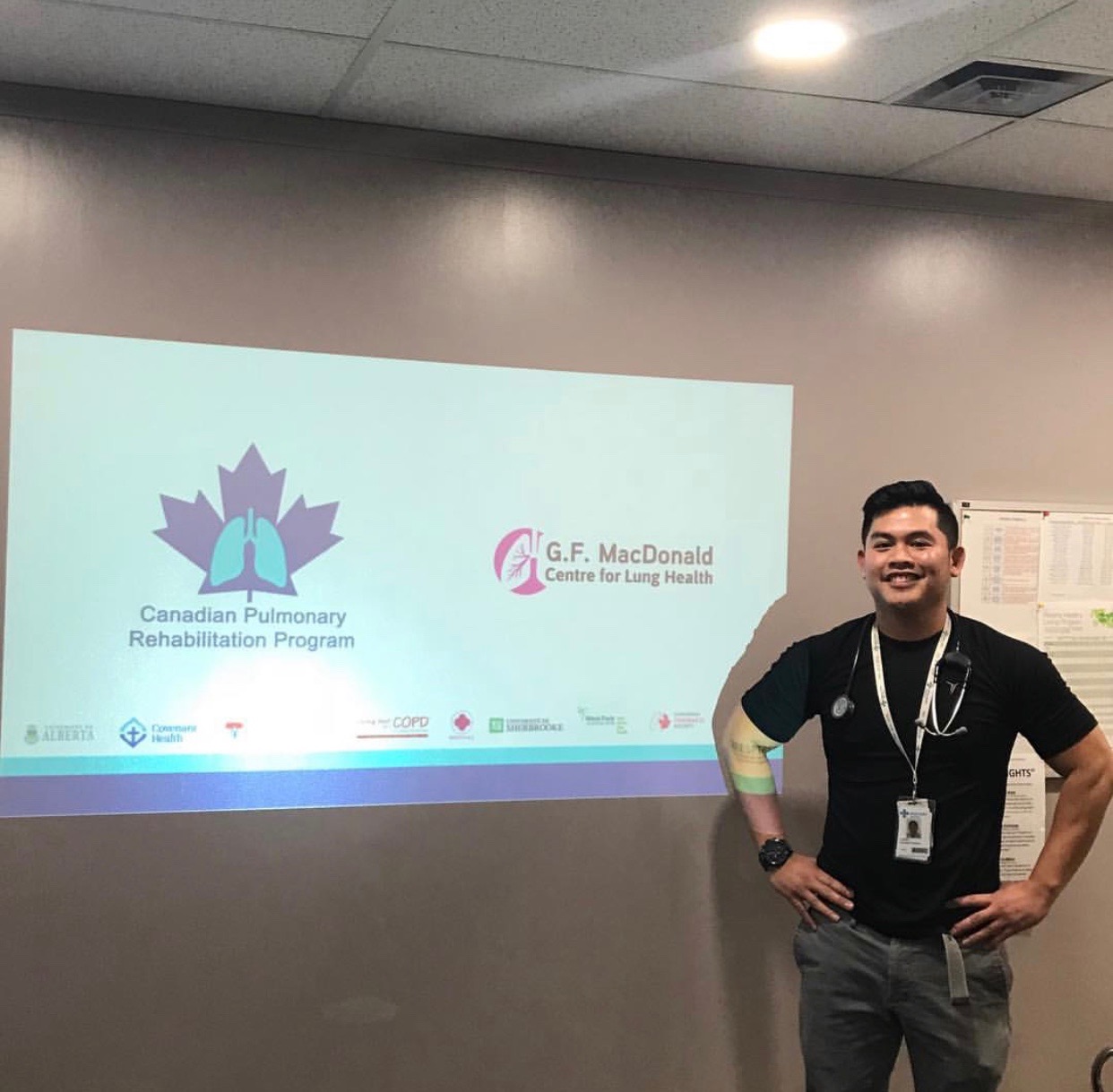
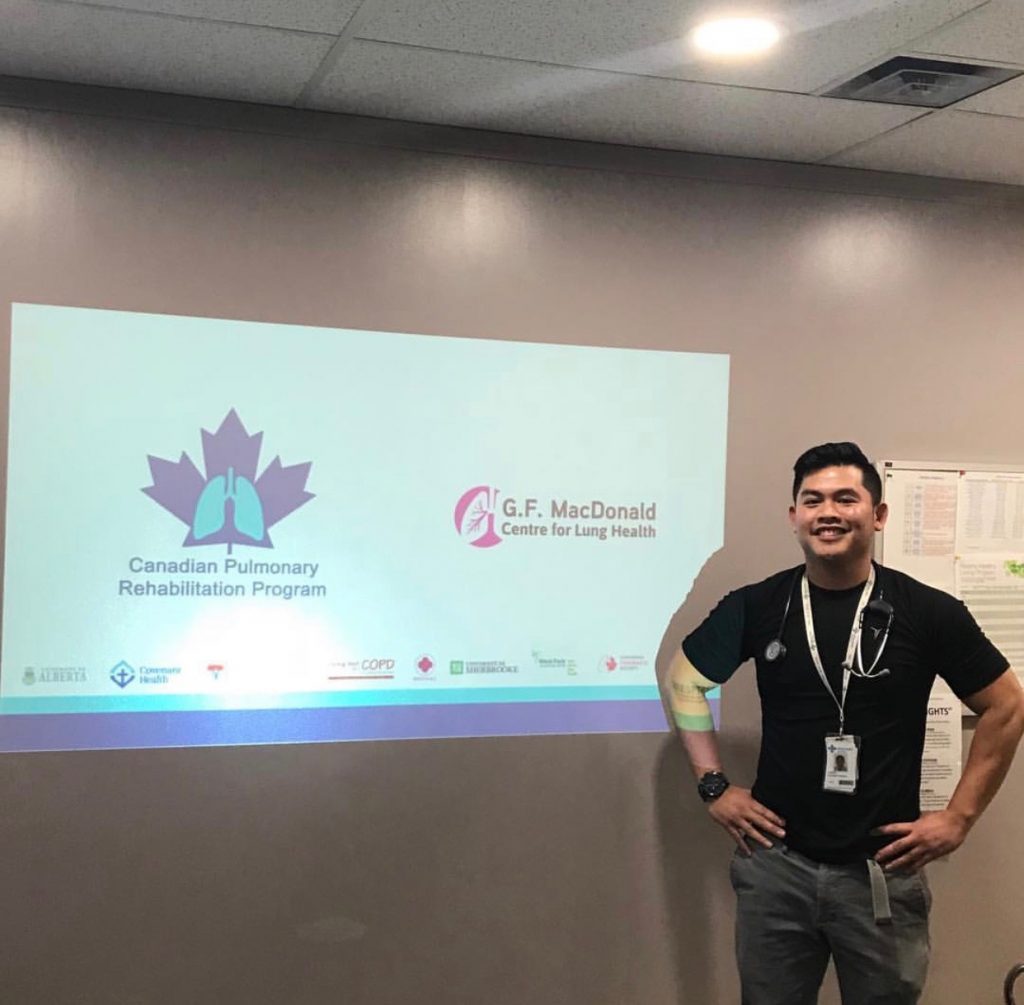
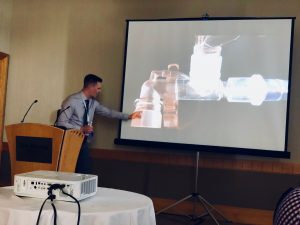
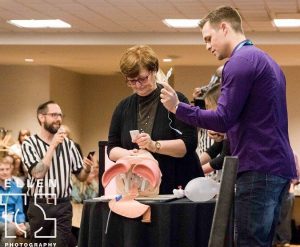

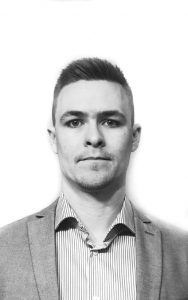 Sebastien Tessier
Sebastien Tessier